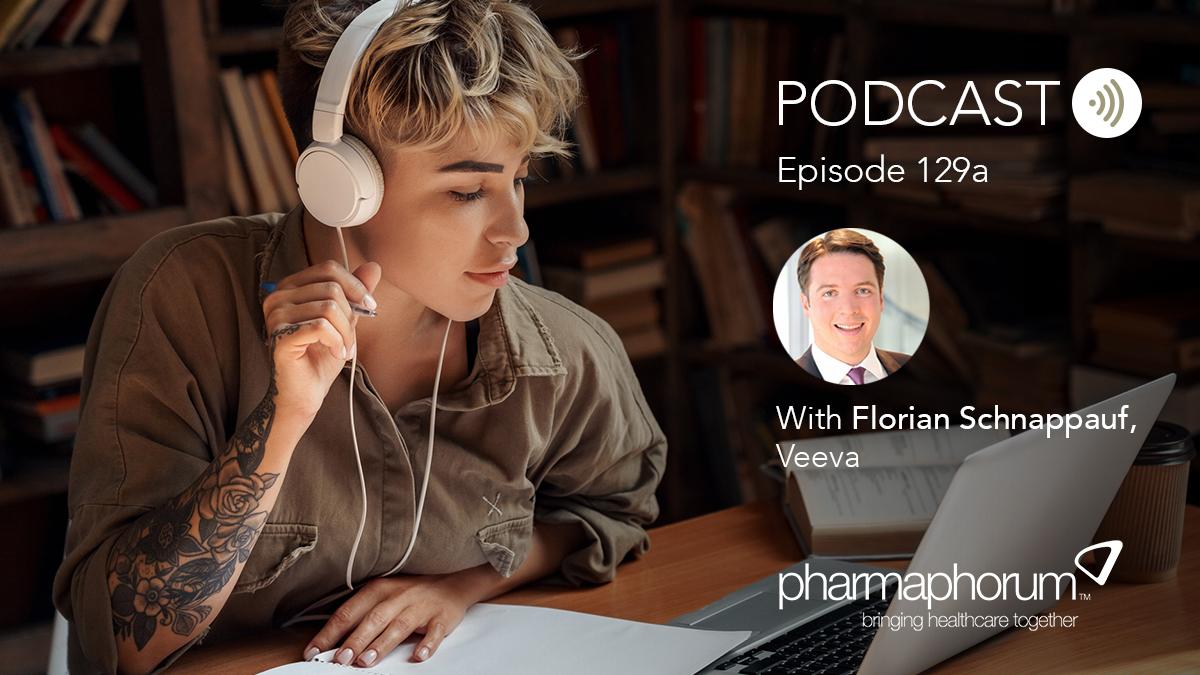Online digital engagement

Rebecca Aris interviews Bertie Bosrédon
Digital consultant
Continuing our digital theme, we interview Bertie Bosrédon, digital expert who set up the British Heart Foundation’s first online team and created an online community with Breast Cancer Care.
Bertie Bosrédon set up the British Heart Foundation’s first online team and then joined Breast Cancer Care to develop a busy online community, innovative online tools, and an influential social media strategy.
In this interview, he shares his experiences and his thoughts on how to successfully connect with your audience.
Interview summary
RA: Could you please start by sharing your background?
BB: I’m originally from France and started my career as a journalist. In the mid-90s I launched the first web agency in my hometown of Dijon, and then I moved to London in 99.
For the past 11 years, I’ve worked in the not-for-profit sector. In March 2012, I became a freelance consultant, and I enjoy helping organisations with all their digital challenges.
 ,
"...for me, websites are a bit like photography: you need to have a good technical knowledge, but it’s more about tactics and creativity."
 ,
RA: What did you learn from setting up the first online team for the British Heart Foundation?
BB: The challenge was similar to the one I faced in France when I had to convince French entrepreneurs that web was the future. The British Heart Foundation had many priorities and back in 2001, not many teams had time to prepare content for the website. I had a very small team and we spent a big chunk of our time demonstrating how successful the website was.
I also had a personal challenge, during my first years, I was considered as a techy. I had a solid hands-on experience but, for me, websites are a bit like photography: you need to have a good technical knowledge, but it’s more about tactics and creativity.
Things changed in 2003 with a big increase in online fundraising. Looking back, it was exciting to implement the first online strategies, email newsletters, search marketing, campaign microsites etc.
RA: What challenges did you face when implementing an influential social media strategy at Breast Cancer Care and how did you overcome them?
BB: Breast Cancer Care was a lot smaller than BHF but the decision to invest in digital was made at the top of the organisation. Having senior buy-in is crucial for the success of any operation.
Back in 2006, we decided to place the discussion forum at the centre of the website. There were initial discussions about the risks of letting users have conversations about breast cancer but it was agreed that the opportunities were greater than the risks. We put some rules in place and the community grew quickly. Again, the senior management team and the board of trustees were responsive to new ideas and when we noticed a lot of our users were starting to have conversations on social networks (mostly Facebook), we agreed to develop our presence on those sites. Like many charities, we were under-resourced and decided to open up social media to all staff. We created an internal engagement and training programme. We had social media champions in every team and, within 15 months, over 55% of staff (including the CEO, all the directors, and a few trustees) were using Twitter to promote all aspects of the work of Breast Cancer Care. I have to confess I didn’t anticipate the programme being so successful, I’m hoping to replicate the success of this engagement programme with other organisations.
 ,
"And remember, your audience is online, if you don’t connect with them someone else will."
 ,
RA: What key piece of advice would you offer on connecting with audiences online?
BB: The big challenge is to humanise brands. When you connect with your audiences online, you can’t be a faceless organisation. You need to empower and train key staff to engage by being more personal, by having conversations with your audiences. The staff are becoming part of the brand. You need to be more transparent, and be prepared to engage where conversations happen (i.e. not necessarily on your own website). It’s a big step to take but if it’s done well, it’s incredibly rewarding. And remember, your audience is online, if you don’t connect with them someone else will.
RA: How do you see online customer / audience engagement evolving, what will be different in ten years time?
BB: We will see a big change in technology and behaviour.
Handheld devices will have replaced computers (it’s predicted traffic from smartphones and tablets will overtake desktops by 2014). That means information will have to be delivered differently, key facts, videos… and we will rely more and more on testimonials from peers. Opportunities for companies to aggregate testimonials (good and bad) about their products and to respond quickly and personally are huge.
With the wealth of information available, we already see more experts among the audience. They are well informed and they will become even more demanding, more vocal, and will expect answers within a day. Organisations will have to fully integrate online queries in their customer support.
It won’t be just information, digital tools will be used to deliver services, there are already amazing examples of innovative use of mobile in Africa. Technology will help to tailor services to individuals.
RA: Thank you for your time.
Related article:
• Oncology online engagement: ESMO
About the interviewee:
Bertie Bosrédon has over 15 years experience in digital communications (and an indelible French accent). He set up British Heart Foundation’s first online team before joining Breast Cancer Care to develop a busy online community, innovative online tools, and an influential social media strategy.
He produces Talk To The Leader, a charity podcast available at NFP.org.uk.
Bertie can be contacted at info@bertie.fr.
Do you think it is important to humanise a brand?












